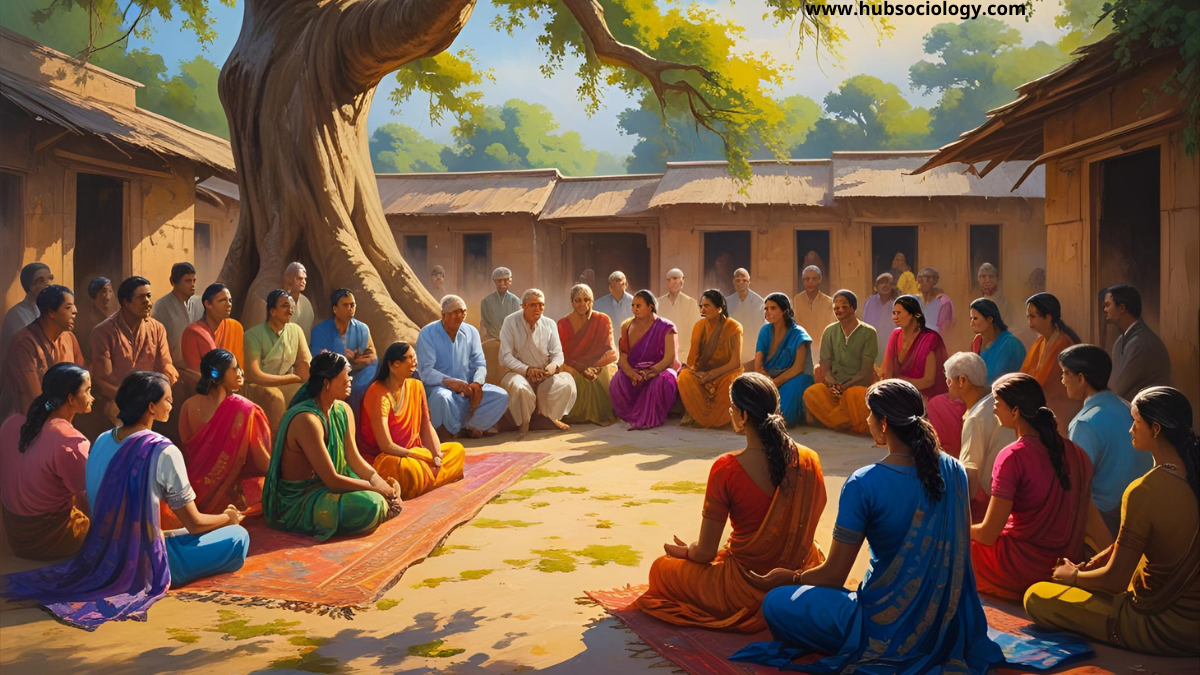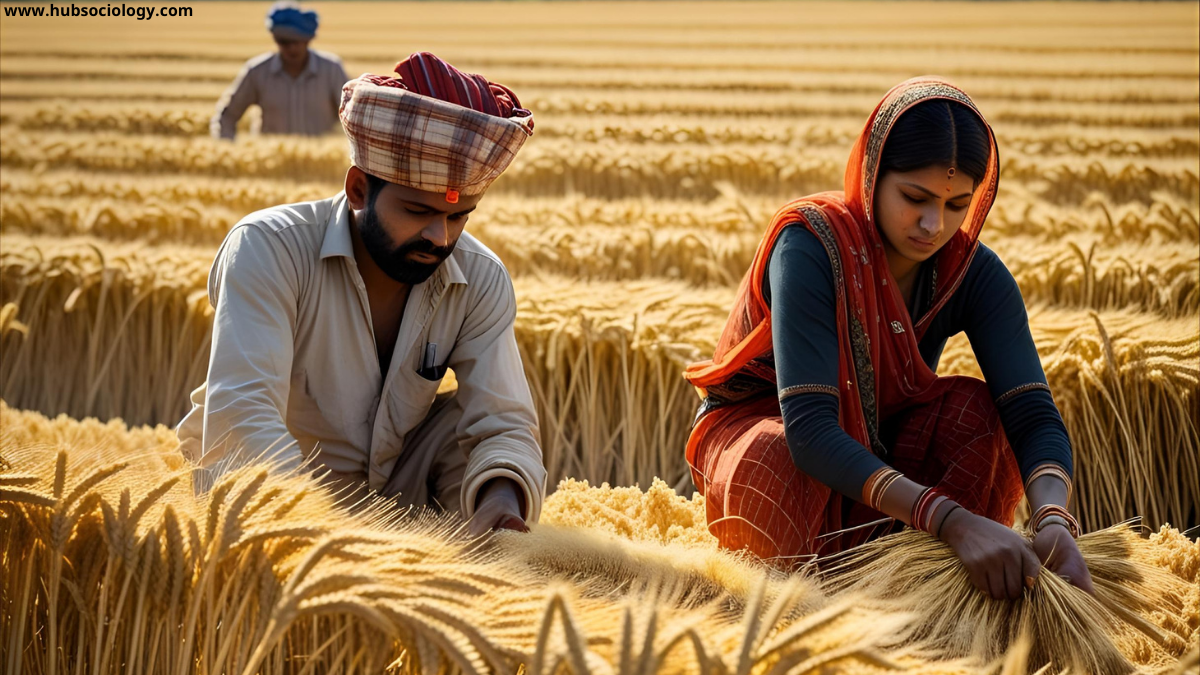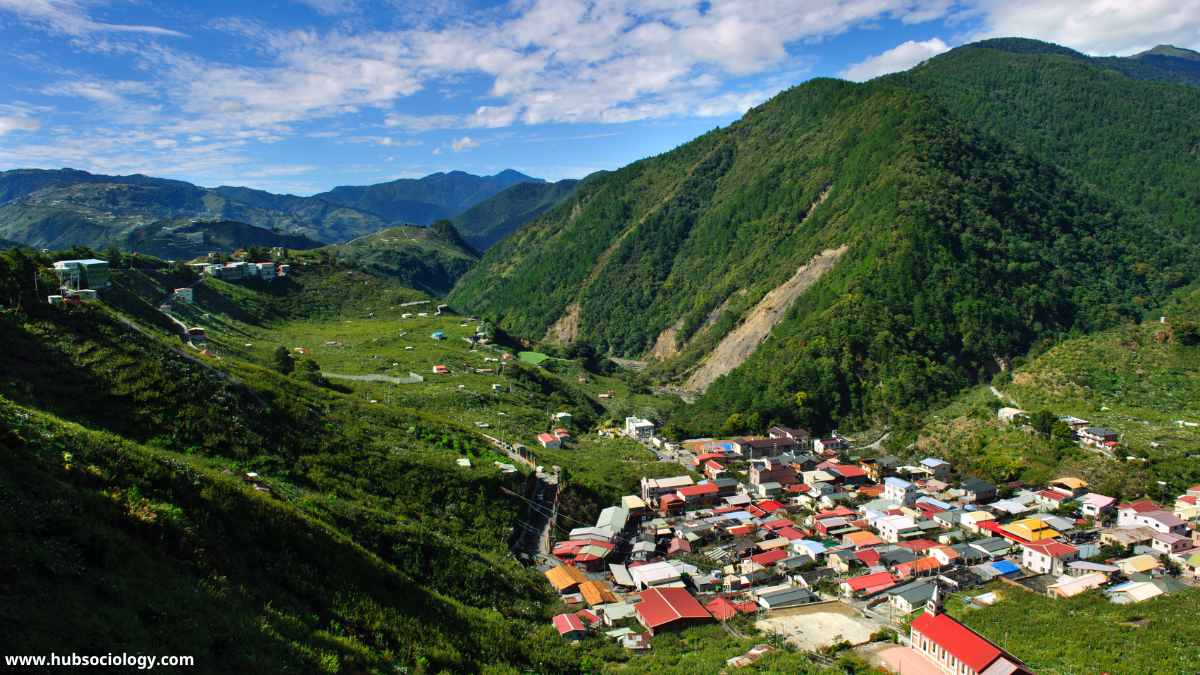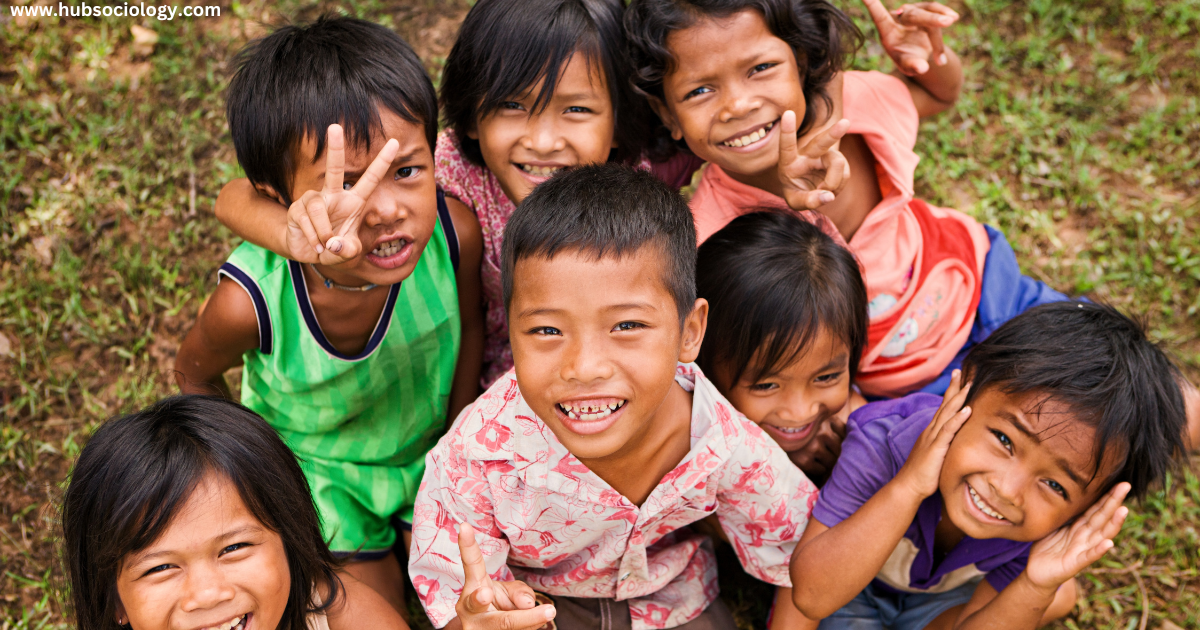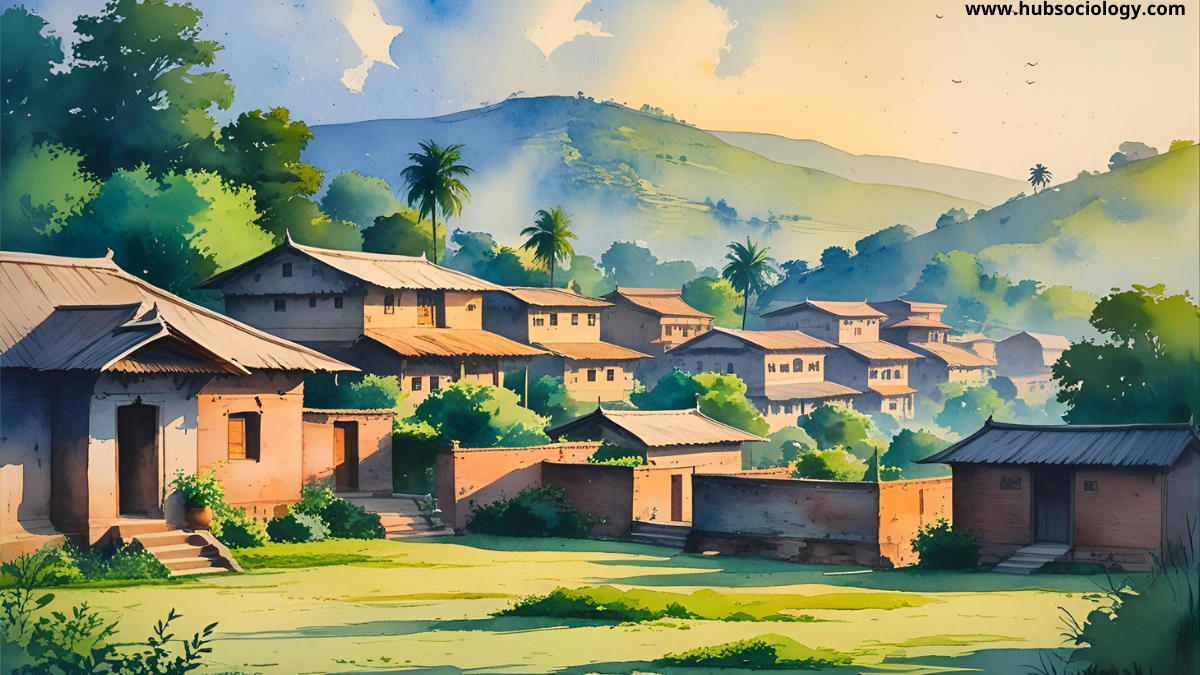Community Development Programme and Changes in Indian Villages: A Sociological Perspective
Introduction The Community Development Programme (CDP) was one of the most significant initiatives launched in post-independence India to bring about rural transformation. Introduced on October 2, 1952, it aimed at improving the socio-economic conditions of rural communities through participatory development. From a sociological perspective, the CDP was not merely an economic or administrative program but … Read more


